NIL
Kentucky Converts Athletic Department to Limited-Liability Company to Deal With NIL
With college athletics bracing for the expected approval of a $2.8 billion NCAA antitrust settlement, the University of Kentucky is believed to be the first school to convert its athletic department to a limited-liability holding company. The creation of Champions Blue LLC, approved last week by the university’s Board of Trustees, is seen as a way […]
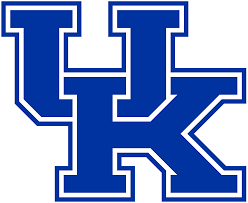
With college athletics bracing for the expected approval of a $2.8 billion NCAA antitrust settlement, the University of Kentucky is believed to be the first school to convert its athletic department to a limited-liability holding company.
The creation of Champions Blue LLC, approved last week by the university’s Board of Trustees, is seen as a way for Kentucky to become more nimble in finding new revenue. The pending settlement in the House case will clear the way for schools to share up to $20.5 million annually with their athletes, but name, image and likeness deals on top of that are seen as a key asset in landing and keeping elite recruits — and that takes money.
The plan calls for a board that will have wide experience in fundraising, and the school noted it hopes to “unlock new revenue streams through public-private partnerships and potentially other transactions, such as real estate.”
“There are so many benefits to creating Champions Blue,” said Jacob Most, UK’s director of strategic communications. “It provides the flexibility needed to help us stay well-positioned during this period of continued evolution in college athletics. We will benefit from a new board of internal and outside experts with sports business experience — including in pro sports — that will help guide us in finding revenue streams to support our teams.”
The so-called House settlement and changing landscape were driving factors in the decision, and UK said in its announcement Friday that the changes “will add millions more each year to the expenses of intercollegiate programs.”
It might not work across the board, however.
Making the shift requires thoughtful consideration, said Jim Booz, a former deputy athletic director at Virginia Tech and now the director of college athletics advisory services at the accounting firm James Moore & Co.
“It’s important for every institution to really think about their strategic alignment and what it is that they want to accomplish in this new landscape of college athletics,” Booz said. “Certainly, a move like this one allows the University of Kentucky to be a little bit more agile and nimble in executing, in all likelihood, some strategies that they plan to implement post the House case.”
Helen Drew, a sports law professor at the University of Buffalo, said agility is increasingly valuable in college athletics. As the amateur model vanishes, athletic departments are more inclined to make changes.
“The traditional structure has never fit particularly well, and certainly now it does not fit well at all with the transactional nature of college sports,” Drew said. “This is the first institution to acknowledge that we’re in a different era and that the organizational structures that we’ve used up until this time don’t work well with the new reality.”
UK officials said the structure is appealing to all parties, including athletes seeking NIL compensation.
“This structure will help us create new revenue streams, which when reinvested in our programs and facilities, will help ensure the continued success of our sports programs,” Most said. “In today’s college landscape, isolating the business component enables us to focus on our student-athletes.”
___
AP sports: https://apnews.com/sports
NIL
What Otega Oweh’s return means for Kentucky
Right at the buzzer, Otega Oweh came up clutch for Kentucky — just as he did for the Wildcats on multiple occasions during his debut season in Lexington. No, it wasn’t a game-winner against Oklahoma in Norman, or again against the Sooners in the SEC Tournament. This time, it was announcing his decision to return […]
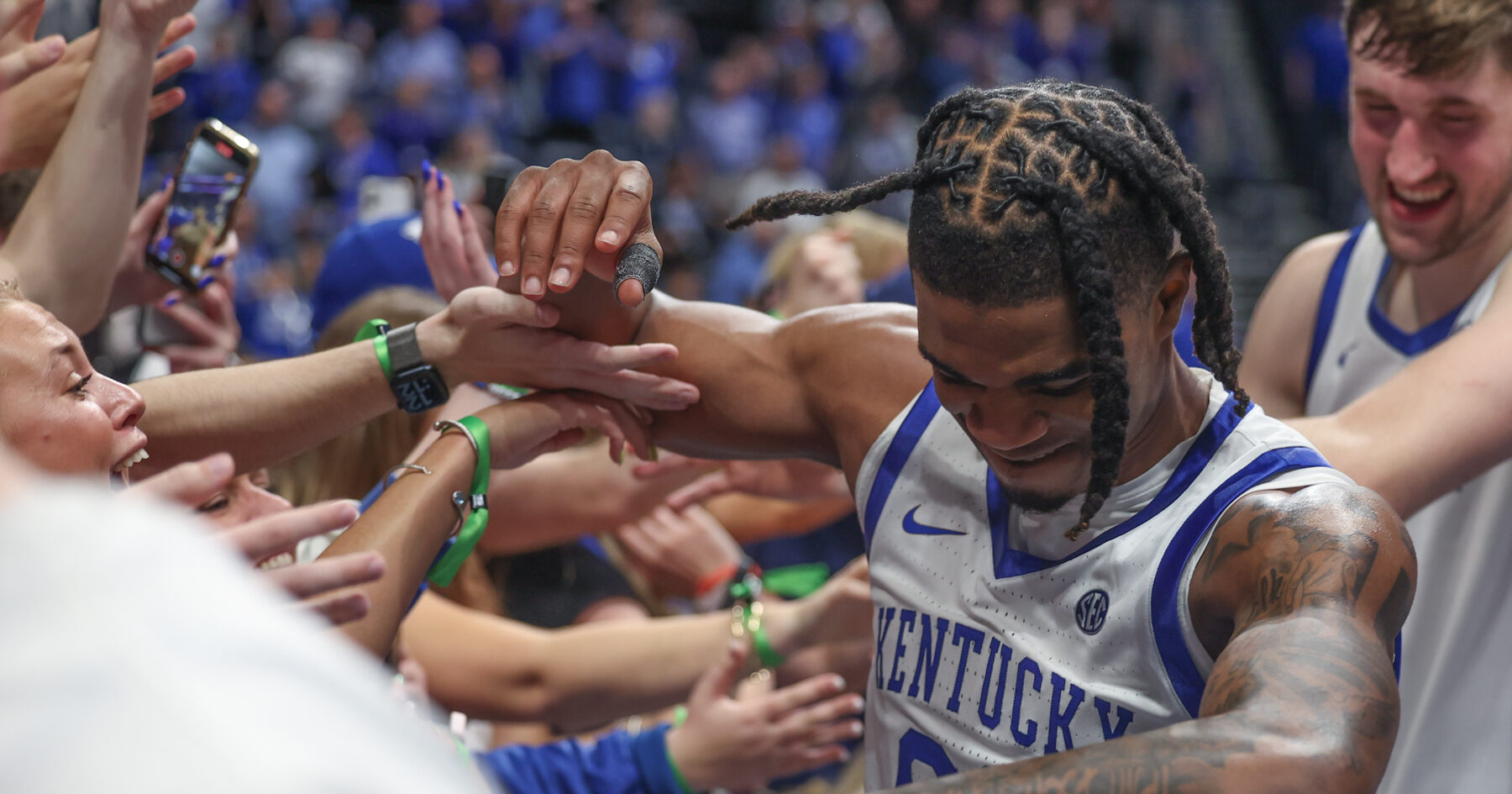
Right at the buzzer, Otega Oweh came up clutch for Kentucky — just as he did for the Wildcats on multiple occasions during his debut season in Lexington. No, it wasn’t a game-winner against Oklahoma in Norman, or again against the Sooners in the SEC Tournament. This time, it was announcing his decision to return for his senior year in blue and white, pulling his name out of the draft ahead of the 11:59 p.m. ET withdrawal deadline. With workouts scheduled through May 28 beyond his time at the NBA Draft Combine in Chicago earlier this month, Oweh saw the process through, receiving all of the feedback he could get his hands on before deciding to run it back as a Wildcat.
What does that decision mean for Kentucky going into year two under Mark Pope? We know the team will be good, but how good? KSR breaks down the return of Tega-Tron.
Kentucky can win a title with this roster
As the pieces started coming together, it didn’t take long to see the vision. The Wildcats had talent last season, but lacked physicality, toughness and athleticism, and Pope quickly went out of his way to improve the roster in those areas while continuing to prioritize positional versatility with shot-making potential at every spot on the floor. Maybe no Koby Breas — generational shooters are generational for a reason — but zero non-shooters in sight.
And depth. Lots and lots of depth. Worried about a player or three losing a wheel, an unfortunate reality the team faced last year? Kentucky’s got a dozen others ready to play.
Oweh was the final piece of that puzzle and the glue ready to hold it all together. The complementary fits were all there, waiting for that star and face to anchor the lineup. It would have been a solid team without the All-SEC guard, but was it capable of making a championship run? That’s a question the Wildcats will fortunately not have to answer with his return.
Is this the most expensive team in college basketball?
Pope joked that Kentucky’s NIL budget was “close to $200 million” earlier this month, holding back a belly laugh when asked to address some of the numbers thrown around in connection with his roster. He wasn’t going to play ball there, but he did make it clear the program deserves the best of the best. The winningest program in college basketball should have the best talent and the money it takes to build championship rosters in this climate.
“This is the University of Kentucky. I never forget that. We should be the best at everything,” Pope said. “Put NIL, put the transfer portal on the list. Our job is to go be the best at everything. We’re not shying away from that. It’s important to us.”
Otega Oweh’s decision is the best example of Kentucky’s healthy NIL situation yet. He could have entered the transfer portal as a potential face of college basketball and Preseason All-American in 2025-26, going to the highest bidder as one of the sport’s top earners next season. He’s a name-your-price, blank-check talent, but didn’t even think to explore the open market. Instead, it was UK or the NBA.
Had those NIL conversations gone poorly — take Denzel Aberdeen’s unexpected move from Florida to Kentucky, for example — we’re likely talking about finding Oweh’s replacement right now, whether he had kept his name in the draft or pursued other options in the portal. Instead, the folks in Lexington made it more than worth his while to return, just as they have for the rest of this absolutely loaded roster.
Prepare for a second-year jump
Now that Oweh is back, the conversation turns toward what he can be in year two under Pope. If you ask the man in charge, this is typically when his players make the biggest jump, moving past learning the system and focusing on individual development.
“My guys in their second year take a massive leap,” Pope said. “We’re such a read-based offense, and in parts defense, where our guys are the deciders on the floor. They’re not looking over at me. We coach them to coach each other and communicate with each other.
“So, with a year under your belt now, now you’re coming in not to learn the game or do the game, but you come in actually starting to play the game and trick up the game and use all these actions and manipulate them in creative ways. And that’s where the game gets incredibly fun. So these second-year guys are going to be really key for us.”
That’s a game-changer for Kentucky and a problem for the rest of college basketball. Oweh was already the team’s leading scorer at 16.2 points per game while adding 4.7 rebounds (second-best on the team), 1.7 assists and 1.6 steals (best on the team) on 49/78/36 splits. If that’s the worst version we’ll see of Tega-Tron as a Wildcat, what does the best look like?
A clear path to first-round status
Oweh was already receiving ‘really, really good feedback’ from NBA teams ahead of the withdrawal deadline, outperforming some of the early draft projections that had him fighting for second-round status. Most had him going undrafted, ESPN’s latest update listing the 6-4 guard as the No. 72 overall prospect in the field.
Fortunately for the Kentucky star — and part of why a return to Lexington made sense — there is an obvious path to solidifying himself as a first-round pick in 2026. His floor is already unbelievably high, Pope singling out his ‘elite’ physicality and explosiveness already, ‘as good as you’re going to find’ among current draft-eligible players.
Then you factor in the upside with ‘so much room to grow,’ as he put it.
“I think his ceiling as a playmaker, he hasn’t even begun to tap into that. I think he can become an elite, elite-level playmaker,” Pope said. “Something that he’s talked a lot about is his ability to get his shot off more quickly. He shot the ball really well last year at 36, 37 percent from three, but to get it off quicker and get more attempts, I think is a big deal for him. On the defensive end, his ability to kind of neutralize bigs on the glass and bigs on switches is a place where he can really excel. I think he has a chance to grow into one of the elite steals guys in the country.
“He’s got a ton of room to grow. He’s an unbelievable player who had a great season last year. It’s pretty fun to talk about.”
It was pretty fun to talk about those possibilities as Oweh tested the draft waters and explored the possibility of a return to Kentucky. Now that it’s official, there aren’t many things more fun to talk about than what year two of Tega-Tron looks like and just how good the Wildcats can be in 2025-26.
Welcome back, OO. Time to hang banner No. 9.
NIL
Georgia Head Coach Reveals Absurd NIL Deals Some Schools are Paying to Recruits
NIL has once again resurfaced as the primary talking point around college football, this time being brought up by several SEC coaches during their annual spring meetings, currently being held in Miramar Beach, Florida. Much of the discourse has centered on the proposed new regulations set to take effect on July 1 in the wake […]
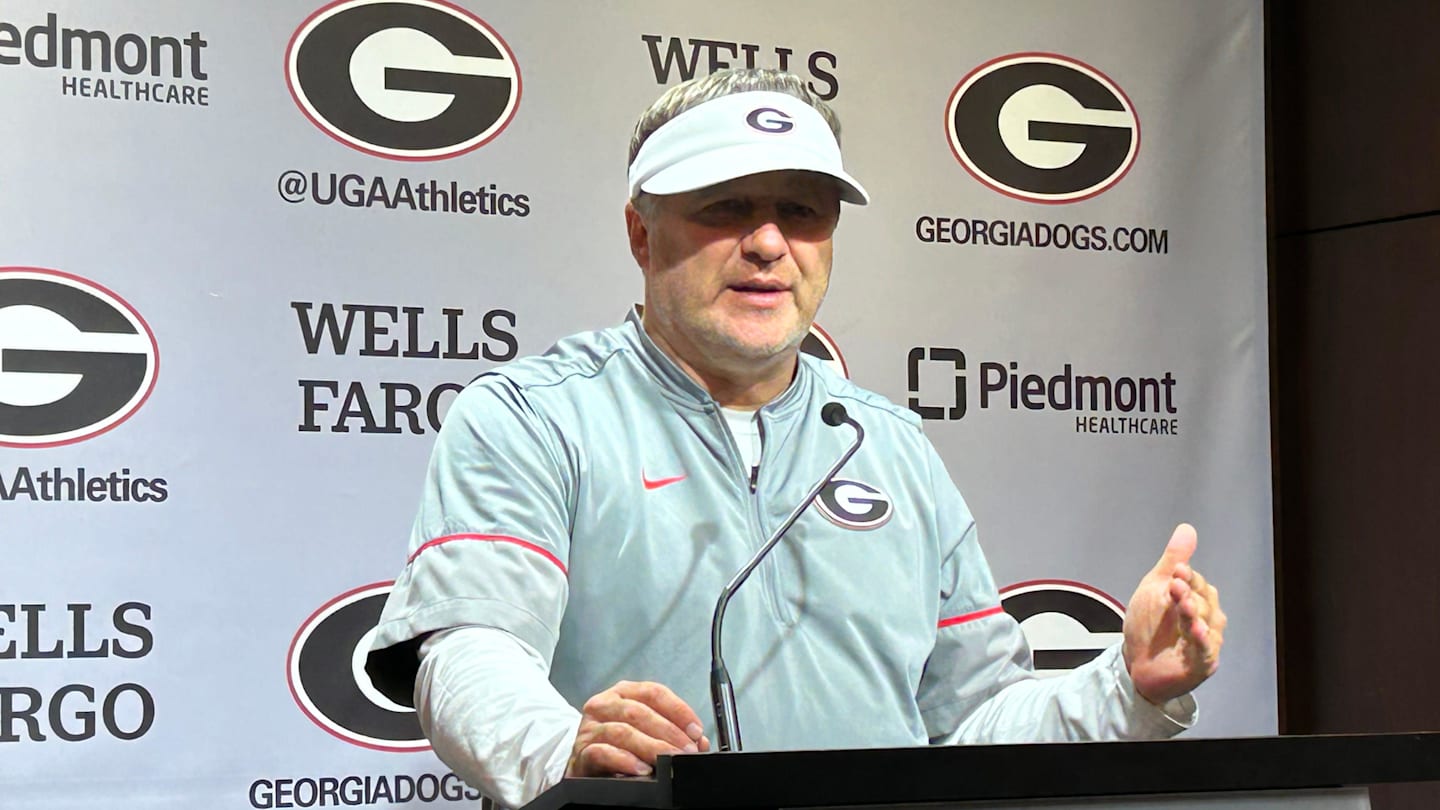
NIL has once again resurfaced as the primary talking point around college football, this time being brought up by several SEC coaches during their annual spring meetings, currently being held in Miramar Beach, Florida.
Much of the discourse has centered on the proposed new regulations set to take effect on July 1 in the wake of the NCAA vs. House settlement. If approved, these new rules will significantly alter how every program in America can utilize NIL. As such, some coaches have already begun to voice their concerns about the lack of clarity the new framework presents.
One of the main sticking points in this regard is how the brand-new NIL clearinghouse will affect the way programs can pay their athletes through NIL deals, as under the new framework, every NIL offer must be approved by the clearinghouse before it can take effect.
This has the potential to become particularly disastrous for schools who have already agreed to, and signed NIL deals with current high school recruits. Some of these offers are absolutely massive, and could potentially be wiped off the board in a few days time.
Per Yahoo Sports’ Ross Dellenger, Georgia Bulldogs head coach Kirby Smart believes this will cause all sorts of problems for schools, as many programs are already paying upwards of $20,000 a month just to keep their current top high school commits locked up.
“Teams that are unusually good at recruiting right now are doing it. Kids are getting money, but if you decommit, you owe that money back,” Smart said. “These are high school kids getting money from an entity not affiliated with the university but is a collective of the university.”
While this may seem jarring, it has become part of the norm under the current NIL system, a system that has been allowed to run rampant. It’s also a practice that could come to an end very soon, as the new proposed clearing house will begin evaluating every current NIL deal on the books of every university three days after the new framework is implemented.
What effect this ultimately ends up having is impossible to predict at this point, but it’s safe to assume there will be a ton of chaos. Whether or not this chaos eventually leads to a more sustainable version of college athletics is also far from certain as well.
NIL
Kirby Smart: High school recruits paid ‘as much as $20,000 a month’ to uphold commitment
Georgia head football coach Kirby Smart is now taking on college collectives for alleged unscrupulous recruiting efforts involving high school prospects. Smart opened up about the issue Wednesday, revealing to Yahoo! Sports that collegiate-based collectives “are striking deals with high school recruits” and paying “as much as $20,000” per month to keep their commitments, according […]
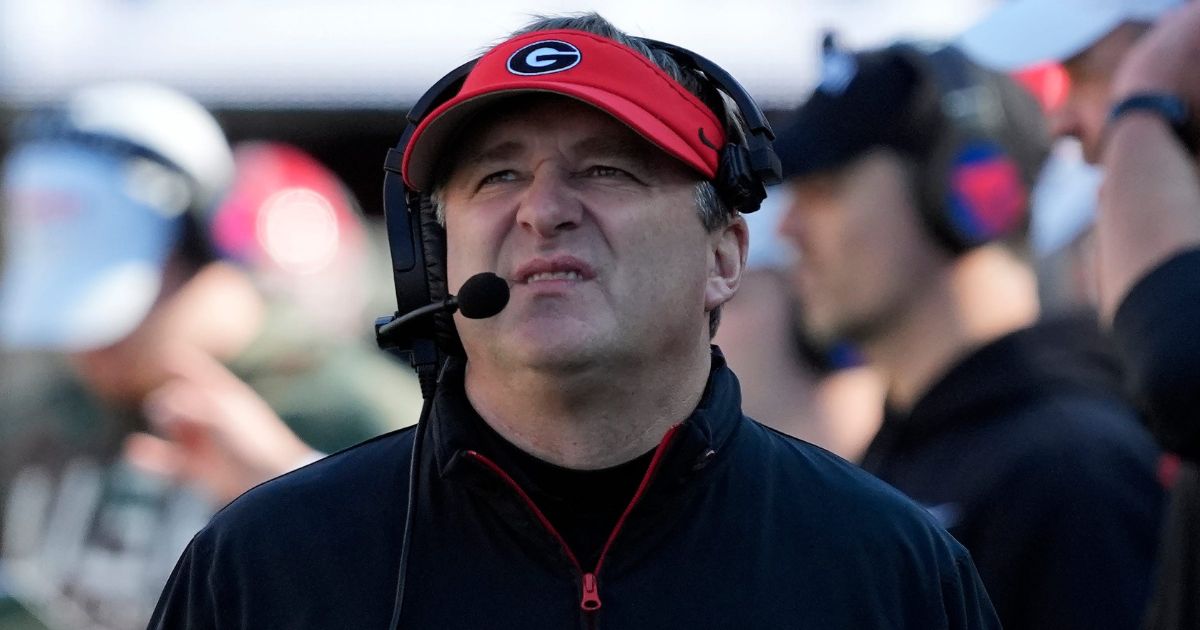
Georgia head football coach Kirby Smart is now taking on college collectives for alleged unscrupulous recruiting efforts involving high school prospects.
Smart opened up about the issue Wednesday, revealing to Yahoo! Sports that collegiate-based collectives “are striking deals with high school recruits” and paying “as much as $20,000” per month to keep their commitments, according to Yahoo! Sports‘ Ross Dellenger. Smart added that if a prep prospect de-commits from that collective’s school, they’re being asked to return their compensation, per Dellenger.
The head coach at Georgia complaining about high school recruits being held to their prior commitments is interesting given how often smaller programs with fewer resources — especially with regard to NIL — complain about major Power Four programs poaching their commitments with more favorable financial offers.
Still, collectives adding a recurring financial incentive in order to secure a high school player’s commitment — many of which come months if not years before they’re able to officially sign with a program — only highlights the free-wheeling ways many schools are taking advantage of the current unregulated NIL market prior to the finalization of the House v. NCAA settlement.
While the Power Four conferences prepare for the post-House landscape, the multi-billion-dollar settlement still needs to be formally approved by California district court Judge Claudia Ann Wilken, which could come anytime, according to On3’s Pete Nakos.
Report: NCAA to cede enforcement to new organization upon House settlement approval
If approved, the House v. NCAA settlement would pave the way for revenue-sharing between NCAA schools and student-athletes, with some programs able to share roughly $20.5 million annually, or 22-percent of the average Power Four school’s annual revenue, along with approximately $2.75 billion in back damages to former college athletes over a 10-year span. Football programs are expected to receive as much as 75-percent of each school’s revenue allotment, followed by men’s basketball (15%), women’s basketball (5%) and the remainder of sports (5%).
The settlement, which was recently revised at Wilken’s request, would also mean strict roster limits in football (105), men’s and women’s basketball (15), baseball (34), softball (25), men’s and women’s soccer (28) and volleyball (18), though the revised plan allows for grandfathering in of all current student-athletes and any that were preemptively cut before the settlement was finalized.
Last week, ESPN’s Pete Thamel reported the development of the College Sports Commission, a new collegiate enforcement arm that would effectively replace the NCAA, establish and uphold new compliance rules while also doling out punishment for all violators. The CSC’s new CEO is expected to come from outside college athletics, according to ESPN, with the expectation a hire could be made soon after the House v. NCAA settlement is finalized.
“All the institutions are going to have new membership agreements that we’re all agreeing to these new rules,” an industry source told ESPN. “The CEO is going to have responsibility to make sure everything is enforced and the governance model is sound. It’s a critically important role for the future of college sports and college football.”
— On3’s Nick Schultz and Pete Nakos contributed to this report.
NIL
College Basketball Landscape and Hornets Draft Expectations With Tate Frazier
J. Kyle Mann is joined by Tate Frazier from One Shining Podcast as they discuss the ongoing debate over evaluating players based on their physical tools versus their game tape, NIL’s effect on the NBA draft, the upside for some of the players who decided to return to school, Michigan’s portal haul, and whether Florida […]
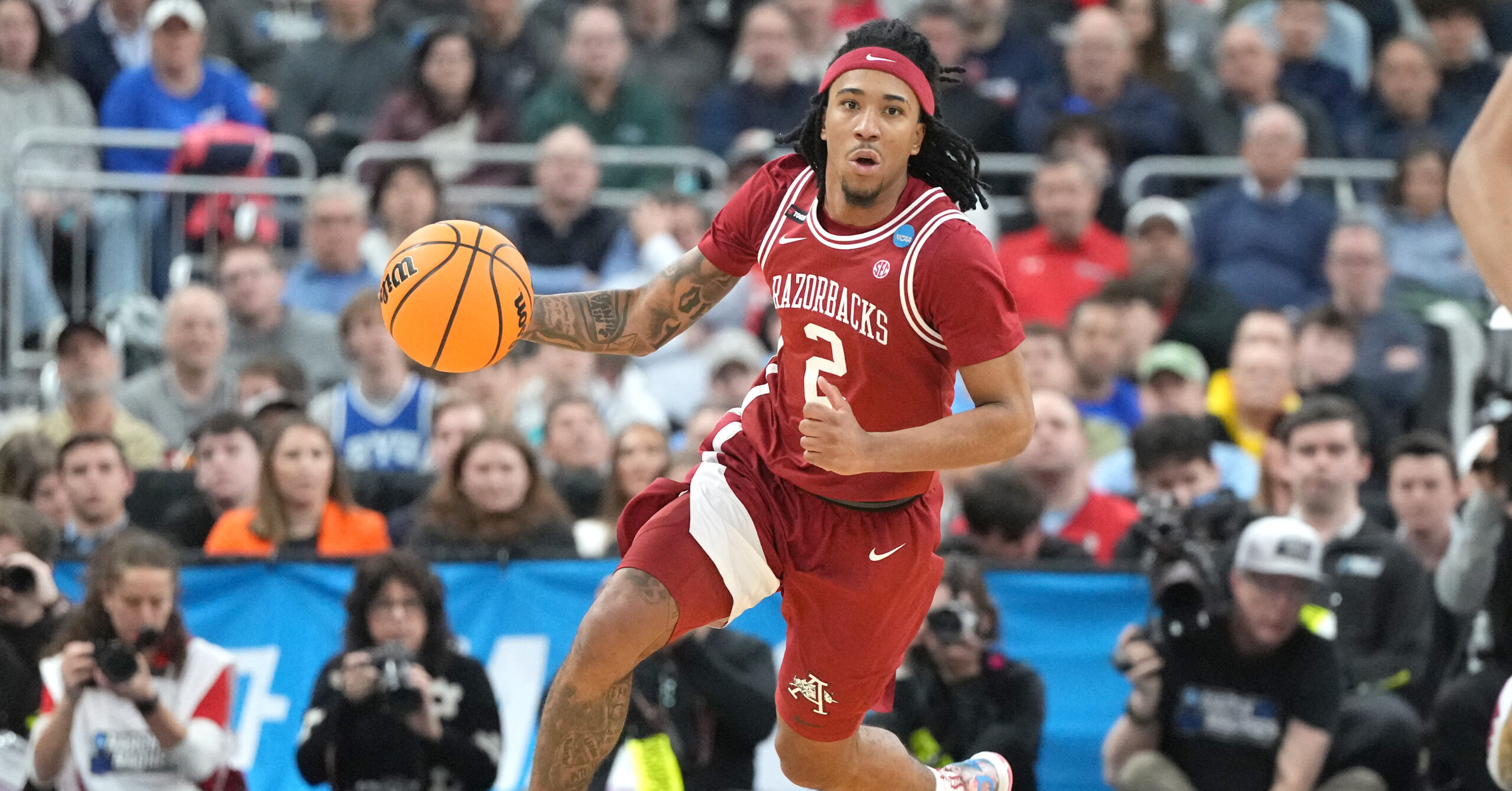
J. Kyle Mann is joined by Tate Frazier from One Shining Podcast as they discuss the ongoing debate over evaluating players based on their physical tools versus their game tape, NIL’s effect on the NBA draft, the upside for some of the players who decided to return to school, Michigan’s portal haul, and whether Florida can still be an elite team (02:25). Next, they dive into the Charlotte Hornets, as Tate explains why they should draft Tre Johnson, Brandon Miller’s role with the franchise, and whether it’s time to move on from LaMelo Ball (31:22).
Check out The Ringer’s 2025 NBA Draft Guide for all the latest prospect rankings, draft grades, and more!
Host: J. Kyle Mann
Guest: Tate Frazier
Producer: Jessie Lopez
Additional Production Support: Ben Cruz
Social: Keith Fujimoto
NIL
Isa Torres and Kennedy Harp Named NFCA All-Americans
OKLAHOMA CITY – For the seventh time in the last nine seasons, Florida State Softball put multiple players on the NFCA All-American teams as Isa Torres was named a First Team All-American and Kennedy Harp was named a Second Team All-American on Wednesday afternoon. Torres is FSU’s first NFCA First Team All-American since Sydney Sherrill […]
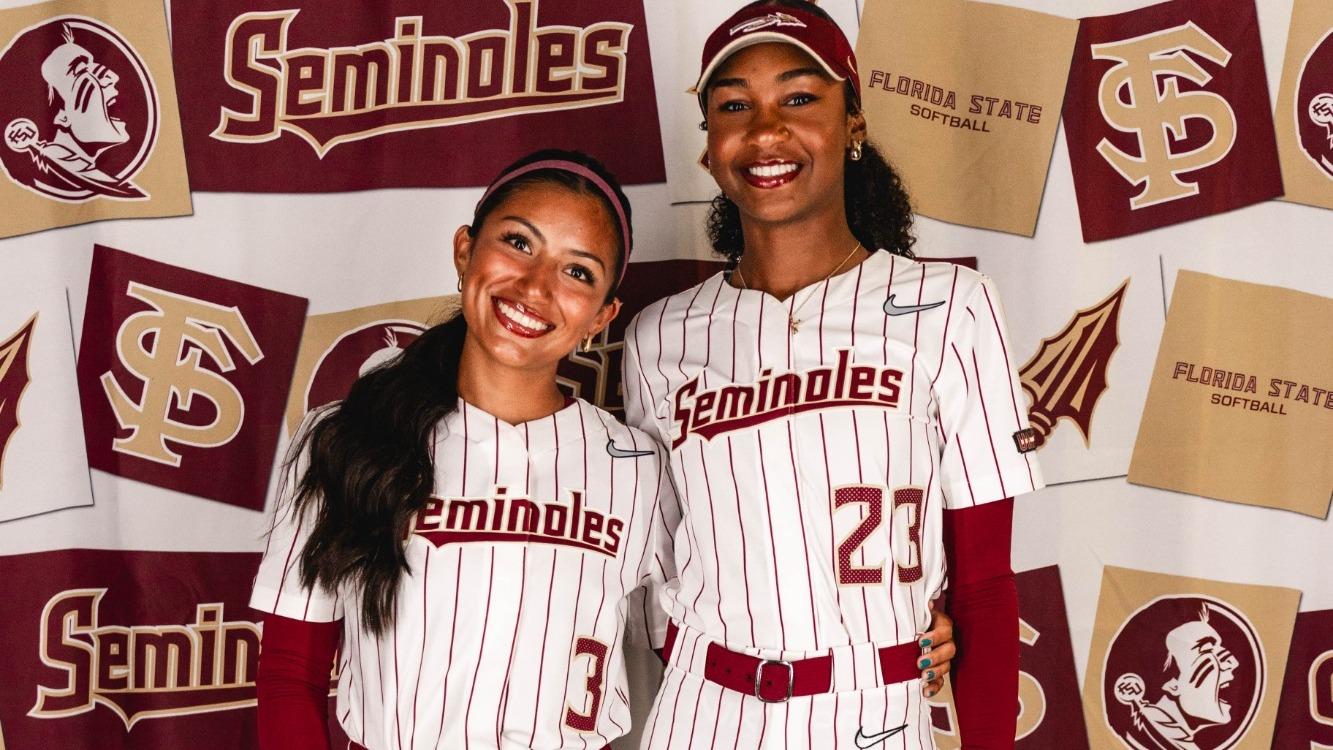
Torres is FSU’s first NFCA First Team All-American since Sydney Sherrill in 2019. Torres and Harp become FSU’s 38th and 39th players to earn an All-American honor. FSU now holds 59 total All-America honors in its history, 26 of them coming under Head Coach Lonni Alameda.
Both Torres and Harp helped FSU break the school record for batting average (.346), hit the third most home runs in school history (83), score the fourth most runs in school history (452) and record the fourth most hits in school history (566).
Torres had one of the best offensive seasons in school history for the Garnet and Gold to help her become a consensus First Team All-American as she was named a First Team All-American by Softball America, D1Softball and the NFCA. Torres broke the single season batting average record (.436), finished third in FSU history for most hits in a single season and was tied for fourth for most runs scored in a single season (70). Torres finished the year with nine home runs and 45 RBI on her way to a First Team All-ACC and First Team NFCA All-Region season. Torres recorded a hit in 51 out of FSU’s 61 games this season and reached base in 54 out of FSU’s 61 games.
Harp was a breakout star for the Seminoles in 2025 and became an instant threat in the Seminoles’ lineup. Harp finished the year with a .412 average with 10 home runs and 49 RBI in 49 games. More impressively, Harp hit 10 triples which was one triple shy of tying the school record. Harp led the team with a .765 slugging percentage and was second on the team with 15 stolen bases on 18 attempts. Harp started her year by recording a RBI in the first 10 games of the season which was the longest streak in school history.
For updates and exclusive content, follow the Seminoles on X (FSU_Softball), Instagram (fsusoftball) and Facebook (Florida State Seminoles Softball).
NIL
Steve Sarkisian frustrated by ‘irresponsible reporting’ about Texas NIL spend
With Arch Manning moving into his first season as the starting quarterback in burnt orange and white, how much are the Texas Longhorns spending on NIL? Coming off back-to-back appearances in the College Football Playoff semifinals, the Longhorns are back in the national spotlight, increasing speculation about the roster spend for Texas as the program […]

With Arch Manning moving into his first season as the starting quarterback in burnt orange and white, how much are the Texas Longhorns spending on NIL?
Coming off back-to-back appearances in the College Football Playoff semifinals, the Longhorns are back in the national spotlight, increasing speculation about the roster spend for Texas as the program moves into the top five nationally in blue-chip ratio.
According to a report from the Houston Chronicle based on an anonymous source, the Horns will spend $35 to $40 million on their 2025 roster if revenue sharing with athletes as a result of the anticipated House vs. NCAA settlement.
In Destin, Florida for the SEC spring meetings, Texas head coach Steve Sarkisian pushed back against that report in an appearance on Sirius XM’s SEC radio channel.
“What’s frustrating on that is that it was a little bit of irresponsible reporting,” Sarkisian said. “One anonymous source said that’s what our roster was. I wish we had $40 million on our roster, we’d probably be a little bit better team than we are.”
The report spread quickly.
“What’s crazy about this day and age in which you guys operate in — and I’ve watched this for 25 years now, the evolution of Twitter and social media and podcasts — one guy writes an article from an anonymous source that says, that’s what our roster is, and everybody ran it,” Sarkisian said.
“I’m talking real publications ran with it, and it was like, that’s what’s going on in Texas. Nobody asked me one question. Like, okay, sure, but if that’s what you think, that’s fine. If that’s the narrative you want to paint for our team. That’s fine, whatever.”
Sarkisian didn’t provide a specific number that Texas expects to spend on its roster if revenue sharing goes into place this year, but he did hint at it.
“I wish I had about another 15 million or so, though, we might have a little better roster,” Sarkisian said.
That would put the roster spend between $20 and $25 million, a number that deserves some context because Sarkisian revealed last month that three-year starting quarterback Quinn Ewers never took NIL money from the school collective, instead becoming a multi-millionaire by signing outside endorsement deals like Manning inked with Red Bull, Panini America, Uber, and Vouri this offseason.
So whatever money Texas will spend on its football roster this year, the total team income from NIL is much higher.
-

 High School Sports3 weeks ago
High School Sports3 weeks agoWeb exclusive
-

 Sports3 weeks ago
Sports3 weeks agoPrinceton University
-

 Sports3 weeks ago
Sports3 weeks ago2025 NCAA softball bracket: Women’s College World Series scores, schedule
-
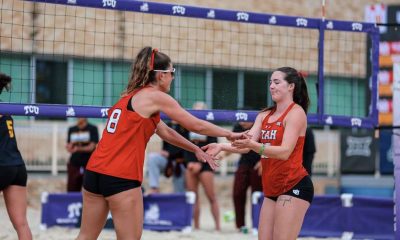
 Sports3 weeks ago
Sports3 weeks agoA fight to save beach volleyball and Utah athletics’ ‘disheartening’ answer
-

 College Sports1 week ago
College Sports1 week agoPortal Update – Basketball and Gymnastics Take Hits
-

 Rec Sports2 weeks ago
Rec Sports2 weeks agoThe Program, a New Basketball Training Facility, Opening in Greenpoint This September
-

 College Sports3 weeks ago
College Sports3 weeks agoNew restaurant to open in State College | Lifestyle
-
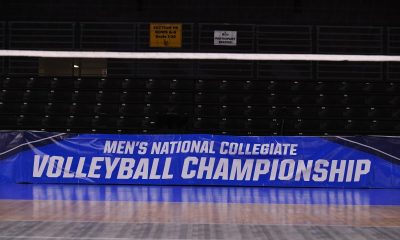
 Sports3 weeks ago
Sports3 weeks ago2025 NCAA men’s volleyball championship: Bracket, schedule, scores
-
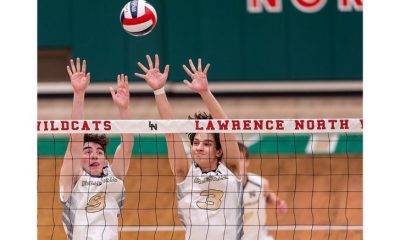
 Sports3 weeks ago
Sports3 weeks agoBoys volleyball: Millers sweep Lawrence North
-

 Sports3 weeks ago
Sports3 weeks agoMajor League Baseball results
































